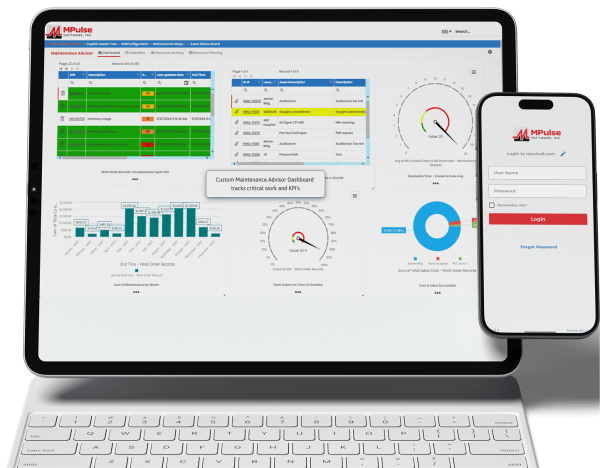Many businesses are on the front lines of the COVID-19 pandemic. A new OSHA guidance for industries related to COVID-19 can apply to obvious organizations like healthcare facilities and retail, and not-so-obvious ones like manufacturing, service providers, and offices.
While states may have different guidelines, OSHA has issued temporary enforcement guidance related to COVID-19.
Table of Contents
New COVID-19 Workplace Safety Guidance from OSHA
COVID-19 can be a recordable illness if a worker is infected as a result of performing their work-related duties.
However, employers must record cases of COVID-19 only if all of the following are true:
- The case is a confirmed case of COVID-19. (Refer to the CDC for the latest information on persons under investigation and presumptive positive and laboratory-confirmed cases of COVID-19.)
- The case is work-related (as defined by 29 CFR 1904.5).
- The case involves one or more of the general recording criteria set forth in 29 CFR 1904.7 (e.g., medical treatment beyond first aid, days away from work).
Guidance on Preparing Workplaces
Preparing workplaces to new OSHA guidelines requires maintaining records in accordance with current standards. Using CMMS software to log employee incidents properly allows you to present the solid documentation that OSHA demands.
OSHA recordkeeping requirements mandate employers must record certain work-related injuries and illnesses on their OSHA 300 log (29 CFR Part 1904). Employers should also consult OSHA’s latest enforcement memos for recording cases of COVID-19.
Other Related OSHA Regulations
Other OSHA requirements apply to preventing occupational exposure to COVID-19. Among the most relevant are:
- OSHA’s Personal Protective Equipment (PPE) standards (in general industry, 29 CFR 1910 Subpart I), and, in construction, 29 CFR 1926 Subpart E), which require using gloves, eye and face protection, and respiratory protection when job hazards warrant it.
- When respirators are necessary to protect workers, employers must implement a comprehensive respiratory protection program in accordance with the Respiratory Protection standard (29 CFR 1910.134).
- The General Duty Clause, Section 5(a)(1) of the Occupational Safety and Health (OSH) Act of 1970, 29 USC 654(a)(1), which requires employers to furnish to each worker “employment and a place of employment, which are free from recognized hazards that are causing or are likely to cause death or serious physical harm.”
- OSHA’s Bloodborne Pathogens standard (29 CFR 1910.1030) applies to occupational exposure to human blood and other potentially infectious materials that typically do not include respiratory secretions that may contain SARS-CoV-2 (unless visible blood is present). However, the provisions of the standard offer a framework that may help control some sources of the virus, including exposures to body fluids (e.g., respiratory secretions) not covered by the standard.
States may have other standards and enforcement programs, which should be at least as effective as OSHA’s requirements. However, these state standards may have different or more stringent requirements. Check with your state to make sure you’re following the latest guidelines.
Have questions? Contact us. We’re here for you.






